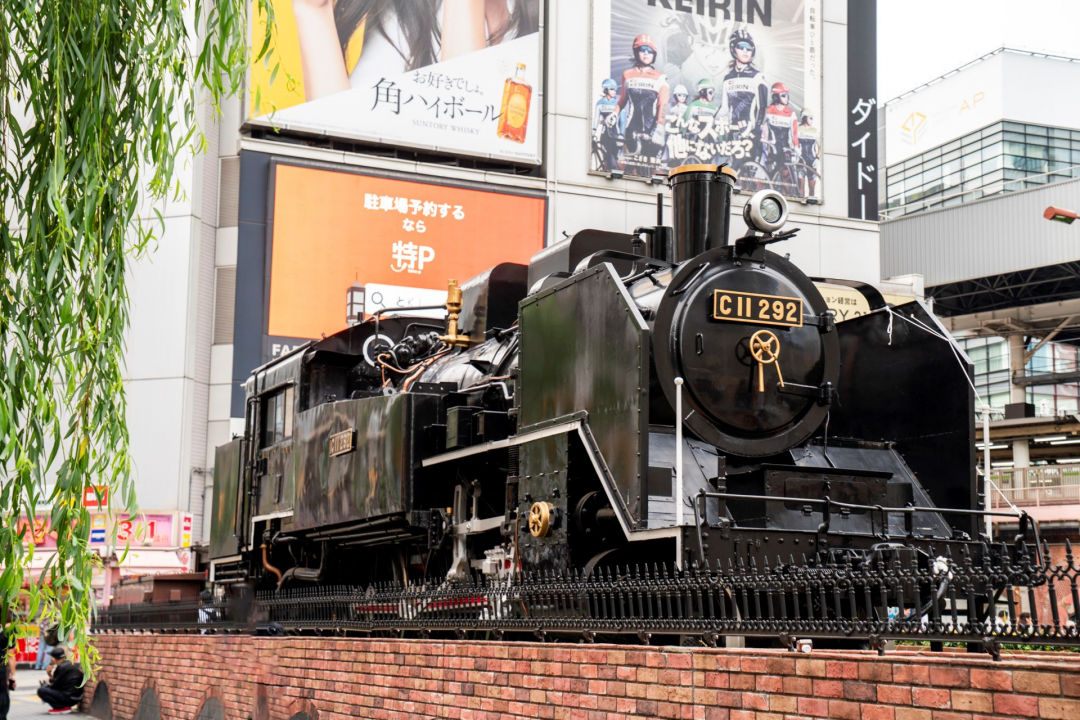
- TOP
- Destinations
- East Japan
- Ask your friendly merchants’ association chiefs anything about their area – the highlights tour of Shimbashi
Ask your friendly merchants’ association chiefs anything about their area – the highlights tour of Shimbashi
In a district abuzz with businesspeople in their thousands by day and night, they have their quiet spaces to unwind in the daytime and dazzling venues to light up the night. We asked the local merchants’ association chiefs of Shimbashi, famous for its buildings and boulevards, for their top tips for a good time here.
-
Stroly online illustrated maps
Stroly is a GPS-linked online map service. Our illustrated maps enable more exciting explorations on foot. By bringing up our illustrated map of Shimbashi on your smartphone, you will be guided straight to the best shops, buildings and streets of the district.
Illustration: Sho Miyata
What sort of place is Shimbashi?
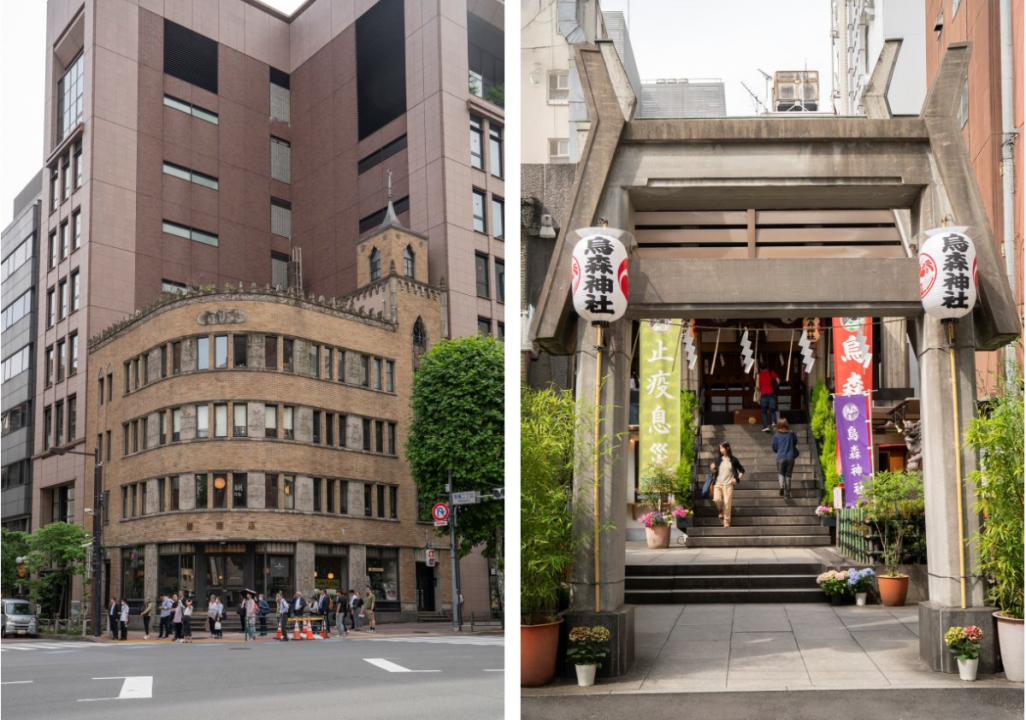
From right: the atmospheric Karasumori Shrine captures hearts. The Hori Building, a nationally registered tangible cultural property built in the early 1930s, is today a co-working space.
As symbolized by Shimbashi SL Plaza, just outside the West Exit of the JR station, Shimbashi is the birthplace of rail in Japan. It was in 1872 that the country’s first railway opened between Shimbashi and Yokohama, so this location is a symbol of the modernization of Japan.
In the aftermath of World War 2, a huge informal market (known as yami-ichi or “black market”) formed around the station, bringing large crowds and great vibrancy to the district. Once the market stalls disappeared from the streets, they were replaced by company offices and a flourishing restaurant and bar scene to serve the workers. This is the Shimbashi revered as the “sacred ground of the salaryman.”
The New Shimbashi Building is a grand old dame of the district, built as a new home for many market stalls removed from the streets by postwar zoning rules. Tuck into the pillowy hotcakes down at Kissa Fuji, in the basement of the building – they’ll blow away any work-related fatigue you feel. The Notoji and Suegen eateries, which businesspeople flock to at noon, are beloved by local residents too for their retro Showa atmosphere. At Heckeln down a back alley, indulge in a quivering custard pudding and the exquisite mixing skills of the bartender. But Shimbashi is more than a great place to eat and drink. Zany Tokyo Sousuiko Museum director Zenichi Murakami is a much-loved character around here, “truly a funny guy” who raises a grin among the association chiefs.
Around sunset, when places like the Shinbashi Ekimae Building and the New Shimbashi Building basement stir to life, it is time for some Japanese sake and Kanto-style oden bites at Otako Shimbashi. Where to next for the bar hoppers? What an amazing place to stroll around town this is.
-
5 Must-Visit Spots in Shimbashi
Suegen: This is where Yukio Mishima chose to take his last supper

The famous “Kama set” chicken mince oyako-don is 1400 yen. The name “kama” derives from the fact that the dish used to be cooked in a claypot.
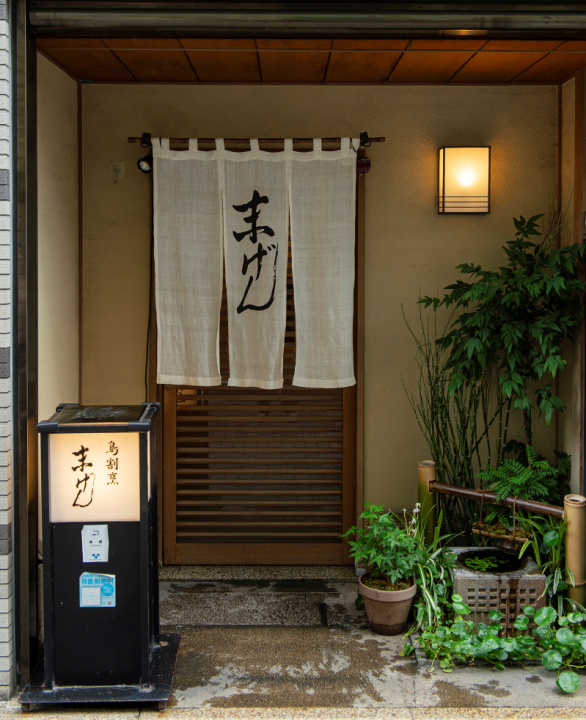 Founded 1909. Famous as the preferred eatery of Yukio Mishima. The set menu based on chicken stock soup is superb. A very good venue for parties as all dining rooms are private. The value lunch menu is also very popular.
Founded 1909. Famous as the preferred eatery of Yukio Mishima. The set menu based on chicken stock soup is superb. A very good venue for parties as all dining rooms are private. The value lunch menu is also very popular.- Access
- Two minutes’ walk from Shimbashi Station
- Address
- 2-15-7 Shimbashi, Minato
- Opening hours
- 11:30-13:30, then 17:00-22:00 (to 21:00 on Saturdays)
- Closed
- Sundays and public holidays (and some Saturdays)
Sousuiko Museum: A secret spot in Shimbashi for those in the know
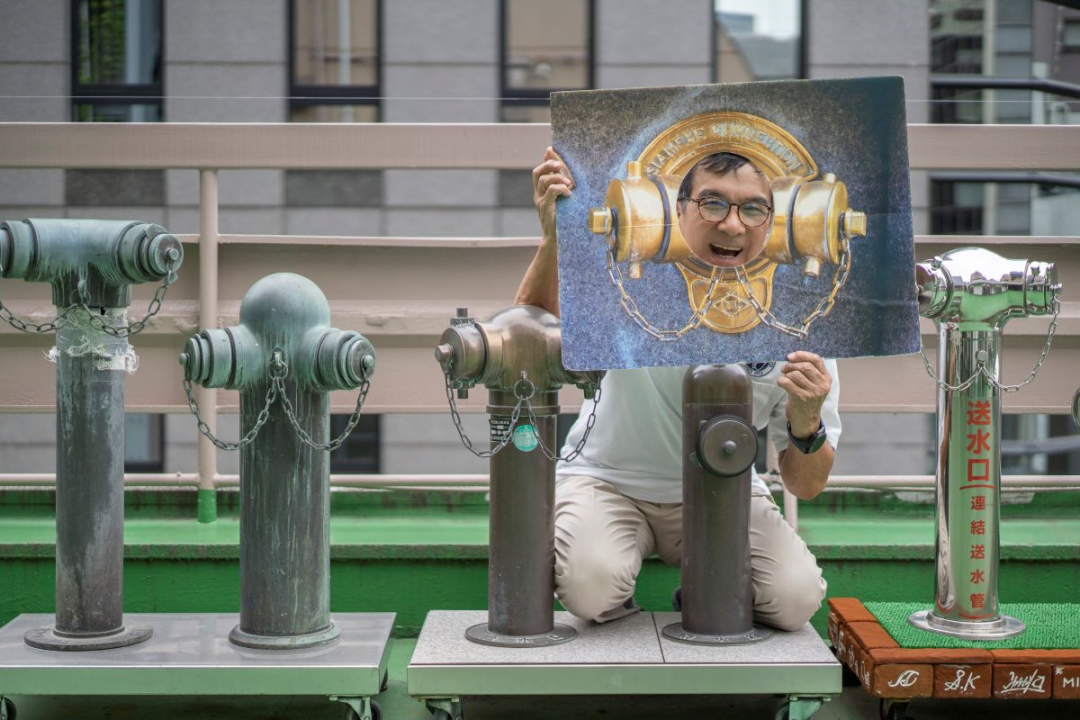
It took true DIY passion to recreate the look of wall-mounted standpipes for firefighting as they were originally installed. In the photo is museum director Zenichi Murakami. Even the photo stand-in board is handmade.
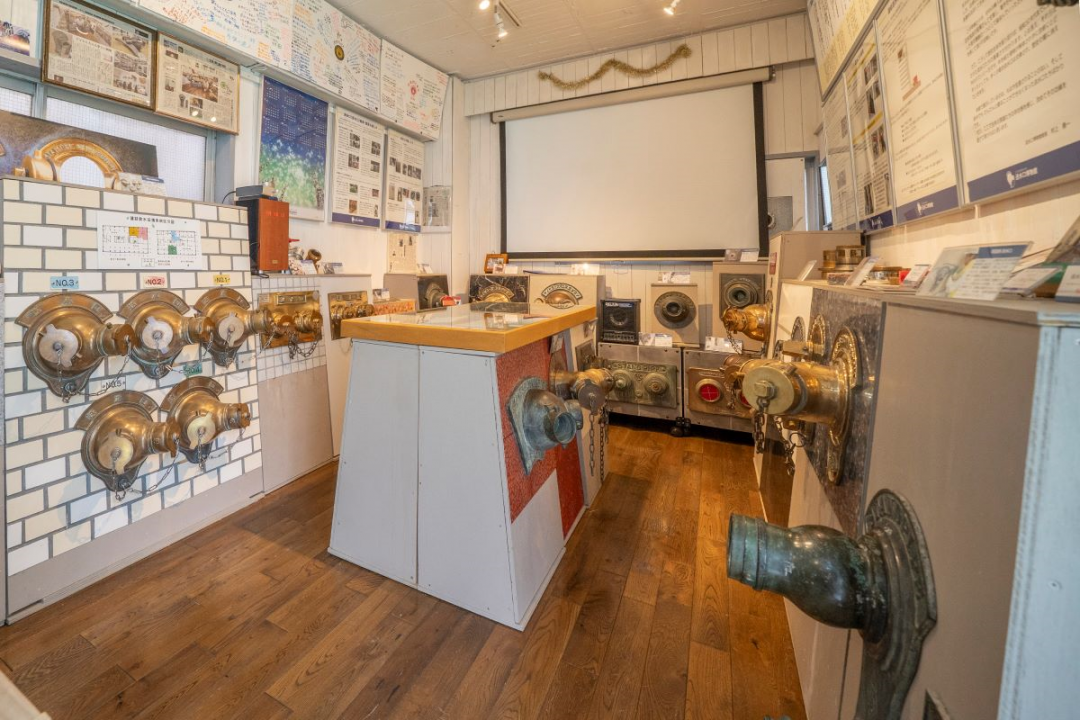 Zentech Inc., manufacturer of firefighting equipment, operates this ultimate niche museum. Showcasing wall-mounted standpipes left behind after the demolition of old buildings, it tells the history of modern firefighting. Open Thursdays and every other Saturday, entry is free.
Zentech Inc., manufacturer of firefighting equipment, operates this ultimate niche museum. Showcasing wall-mounted standpipes left behind after the demolition of old buildings, it tells the history of modern firefighting. Open Thursdays and every other Saturday, entry is free.- Access
- Five minutes’ walk from Shimbashi Station
- Address
- 2-11-1, Shimbashi, Minato
- Opening hours
- 14:00-19:00
- Closed
- Irregular days (check website for details)
Shimbashi Otakou: Have a steaming bowl of assorted Kanto-style oden on your way home
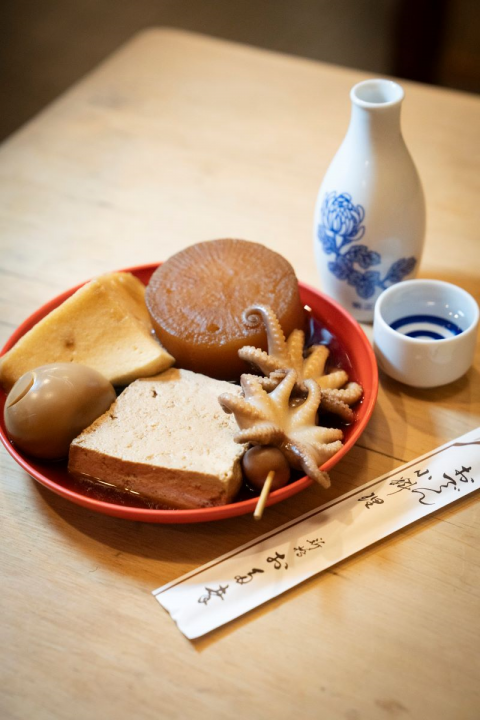
A highly diverse range of content (starting at 250 yen per item) in the oden broth, prepared daily by a dedicated oden master. The popular options of tofu, egg, daikon radish, fishcake and octopus are also recommended for first-timers
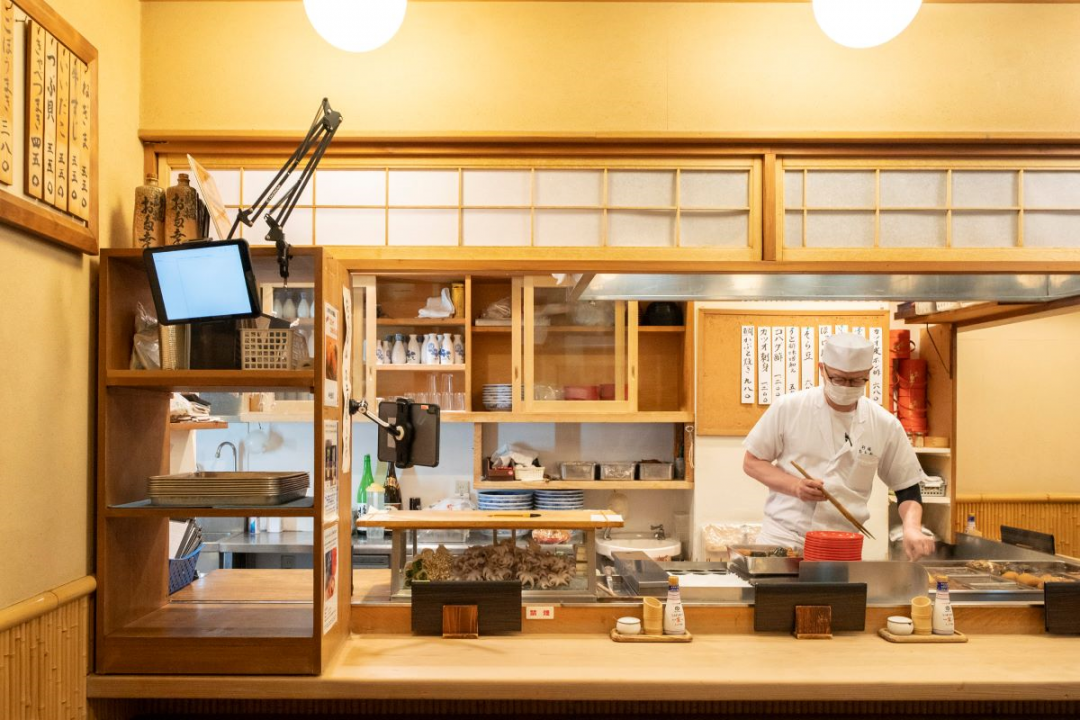 Founded 1932. The oden here contains more than 25 different fillings, stewed in a rich, dark broth that has been the tradition since the Edo days. The menu is broad, with sashimi, pickles, tempura, and grilled skewers on offer, as well seasonally-recommended dishes.
Founded 1932. The oden here contains more than 25 different fillings, stewed in a rich, dark broth that has been the tradition since the Edo days. The menu is broad, with sashimi, pickles, tempura, and grilled skewers on offer, as well seasonally-recommended dishes.- Access
- Four minutes’ walk from Shimbashi Station
- Address
- B1F, 3-7-9 Shimbashi, Minato
- Opening hours
- 16:00-22:00
- Closed
- Sundays and public holidays
Kissa Fuji: The nostalgic taste of cream soda, imbibed against the backdrop of Mt. Fuji
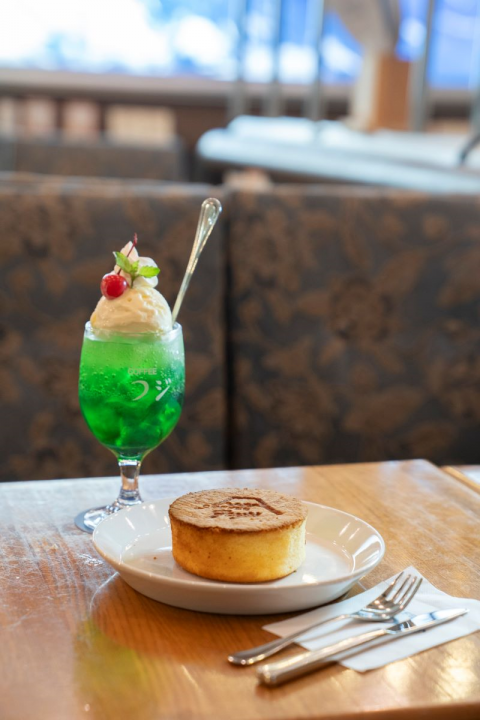
Enjoy the homely flavors of the oven-baked hotcake (750 yen) and cream soda (melon, 900 yen). Take in the retro Showa atmosphere as you gaze at the big picture of Mt. Fuji.
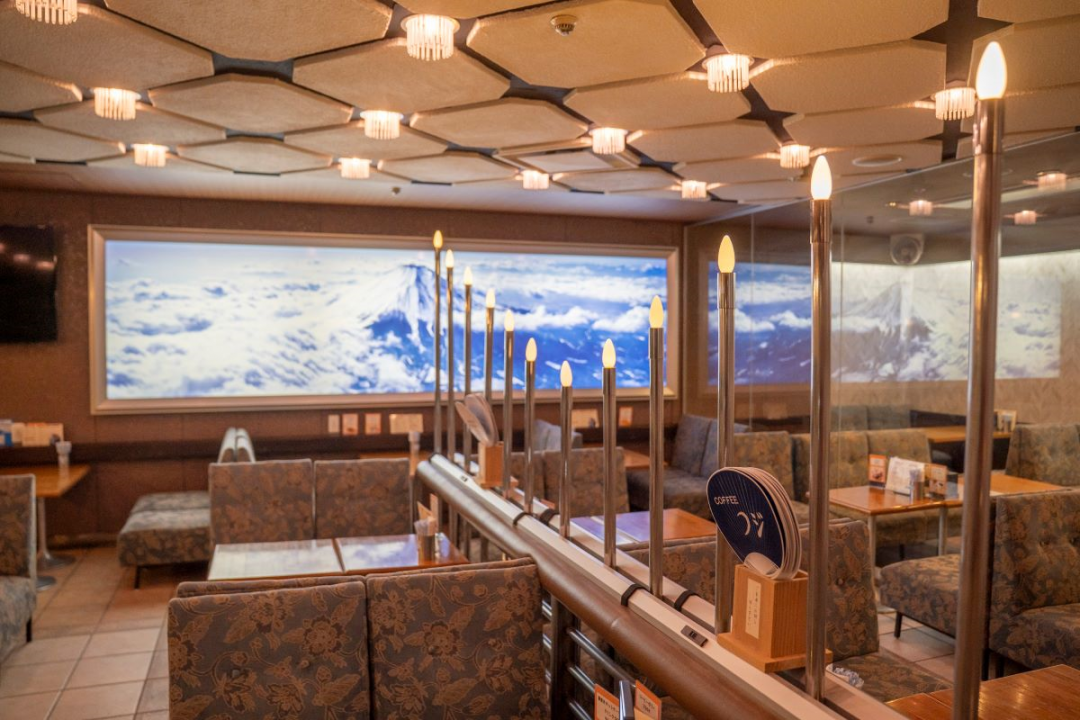 A traditional kissa coffee shop founded in the basement of the New Shimbashi Building in 1971. Featuring a fully separated smoking area loved by smokers, there is even a cigarette booth here. Wi-Fi connection and electricity plugs are available. The top-notch coffee and Fujinomiya yakisoba noodles are popular too.
A traditional kissa coffee shop founded in the basement of the New Shimbashi Building in 1971. Featuring a fully separated smoking area loved by smokers, there is even a cigarette booth here. Wi-Fi connection and electricity plugs are available. The top-notch coffee and Fujinomiya yakisoba noodles are popular too.- Access
- One minute walk from Shimbashi Station
- Address
- B1F, 2-16-1 Shimbashi, Minato
- Opening hours
- 10:00 to 19:00 (to 18:00 on Saturdays)
- Closed
- Sundays, public holidays and every fourth Monday of the month
Notoji: Even the locals love the flavors at this restaurant that has served noodles for generations
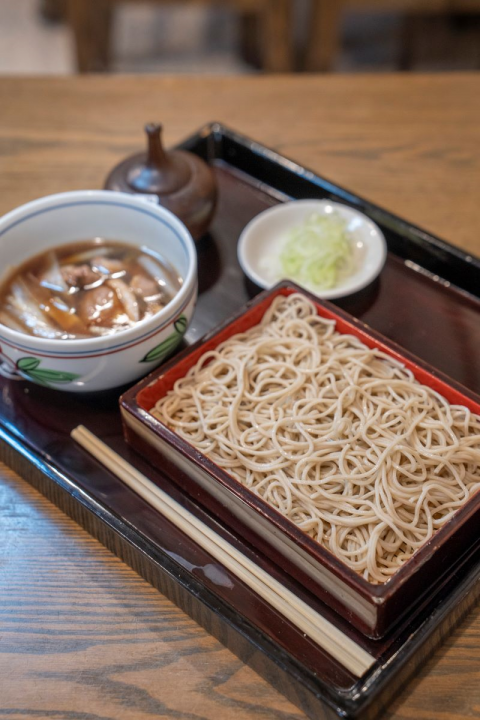
Kamo seiro (the perfect match of soba noodles with crossbred duck, procured from a poultry specialist, and spring onions, a famed Edo-Tokyo vegetable): 1450 yen
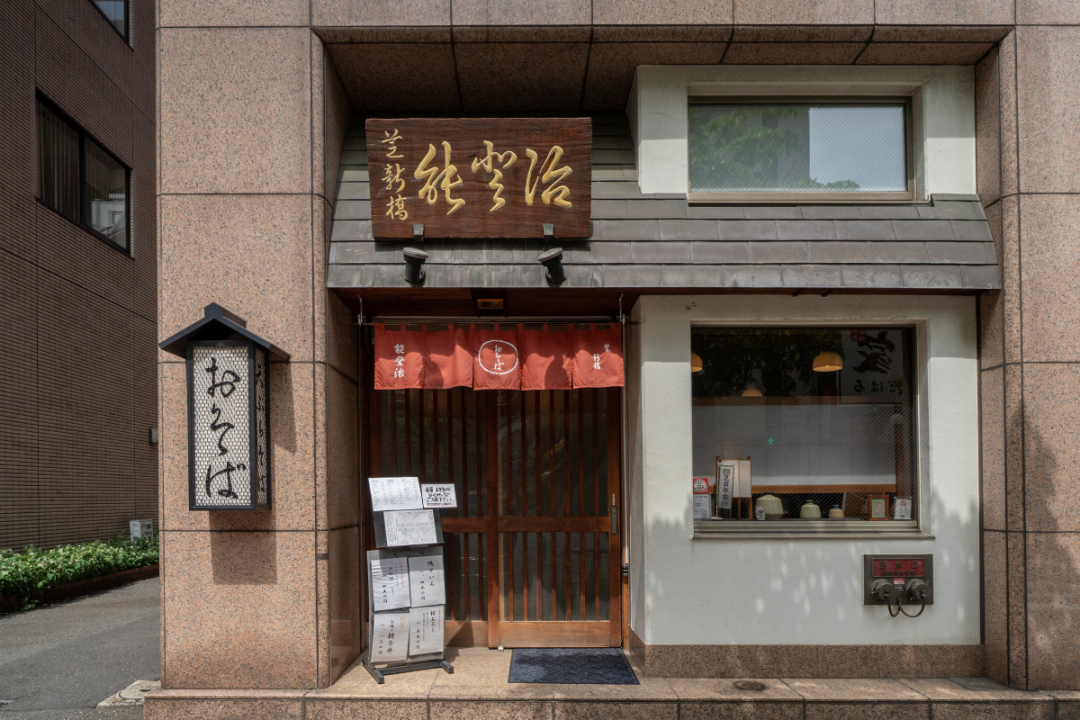 This venerable soba noodle house founded in the Ansei era (1854-1860) is a sixth-generation family business. Here you can feast on nihachi soba noodles with a special flavor and robust texture, due to their makeup of 80% Hokkaido buckwheat flour produced by the stamp-milling method and 20% wheat flour. Be sure to try the noodles with duck, because Notoji insists on only the finest poultry.
This venerable soba noodle house founded in the Ansei era (1854-1860) is a sixth-generation family business. Here you can feast on nihachi soba noodles with a special flavor and robust texture, due to their makeup of 80% Hokkaido buckwheat flour produced by the stamp-milling method and 20% wheat flour. Be sure to try the noodles with duck, because Notoji insists on only the finest poultry.- Access
- Five minutes’ walk from Shimbashi Station
- Address
- 3-7-5 Shimbashi, Minato
- Opening hours
- 11:00 to 20:30 (to 15:30 on Saturdays)
- Closed
- Sundays
-
Research and text: Ruri Satsuma
Photography: yOU (Yuko Kawasaki), Satoshi Shintani
